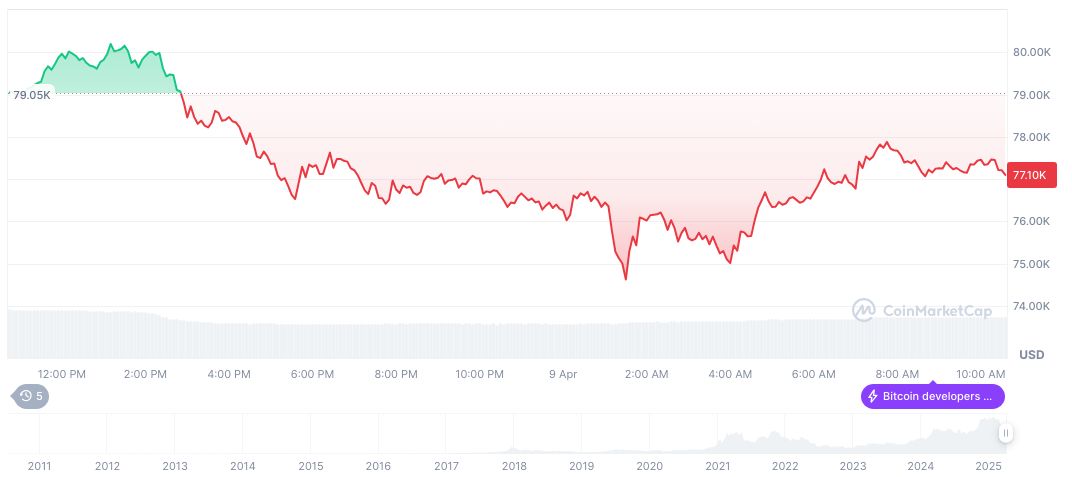- China hikes tariffs on U.S. imports, impacting global markets and trade relations.
- Tariff rate set from 34% to an unprecedented 84%.
- Potential volatility anticipated in sectors reliant on U.S. goods.
On April 9, 2025, China announced it will raise the additional tariff rate on U.S. imports to 84%, effective April 10, 2025.
The move reflects ongoing trade tensions, impacting industries and potentially destabilizing investor confidence.
China Raises U.S. Import Tariffs from 34% to 84%
China’s State Council Tariff Commission has increased the tariff rate on U.S. imports from 34% to 84%, marking a significant escalation in trade tensions. The new rate takes effect starting April 10, 2025, and broadly covers all U.S.-originating goods. This decision comes as a direct reaction to recent U.S. tariff increases on Chinese imports as announced by China’s Ministry of Finance.
The higher tariffs are expected to create additional trade barriers, significantly increasing costs for businesses reliant on U.S. goods in sectors like aerospace, technology, and agriculture. Economists are projecting considerable disruptions within global supply chains as a result of this adjustment, as detailed in the USDA’s announcement.
“The new tariff rate is a necessary countermeasure to defend our economic interests and a response to the U.S.’s unilateral bullying. We urge the U.S. to engage in negotiations to de-escalate this trade dispute.” — Chinese Leadership
Implications for Global Markets and Cryptocurrencies
Did you know? China’s tariff increase to 84% echoes the strategies used in its 2018 trade maneuvers, highlighting a recurring pattern in its response tactics during economic disputes.
As of April 9, 2025, Bitcoin, trading at $76,065.95, shows marked volatility with a circulating supply of 19,848,818 BTC. The market cap stands at $1.51 trillion, while the cryptocurrency has seen a 3.7% price decline in 24 hours, according to CoinMarketCap.

The Coincu research team notes the potential for increased hedging against economic uncertainty through assets like cryptocurrencies. Such market adjustments can likely impact regulatory discussions on digital asset stability and cross-border trading dynamics.























